The Park Fire in California has grown into an inferno, scorching an area larger than Los Angeles.
This devastating wildfire has captured national attention, emphasizing the state’s wildfire problem.
Record-Breaking Flames
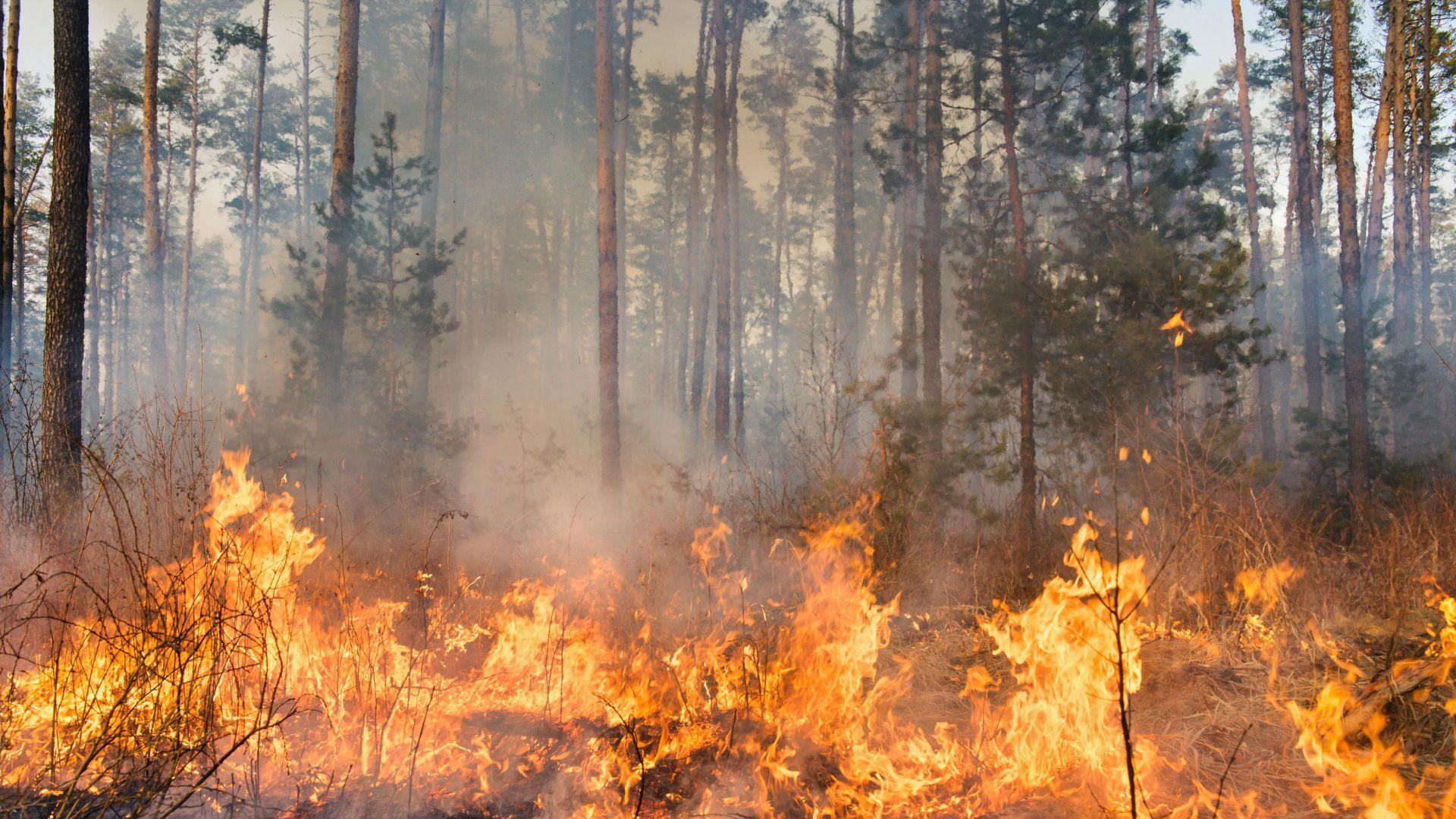
The Park Fire is now one of the largest wildfires in California’s history. It’s already burned through an area 12 times bigger than San Fransico and larger than Los Angeles.
The sheer size of the blaze is staggering. According to Cal Fire’s latest update, it’s already blazed through 386,764 acres. The scale of the fire has led to an all-hands-on-deck response from firefighting teams across the state.
What Sparked the Blaze?
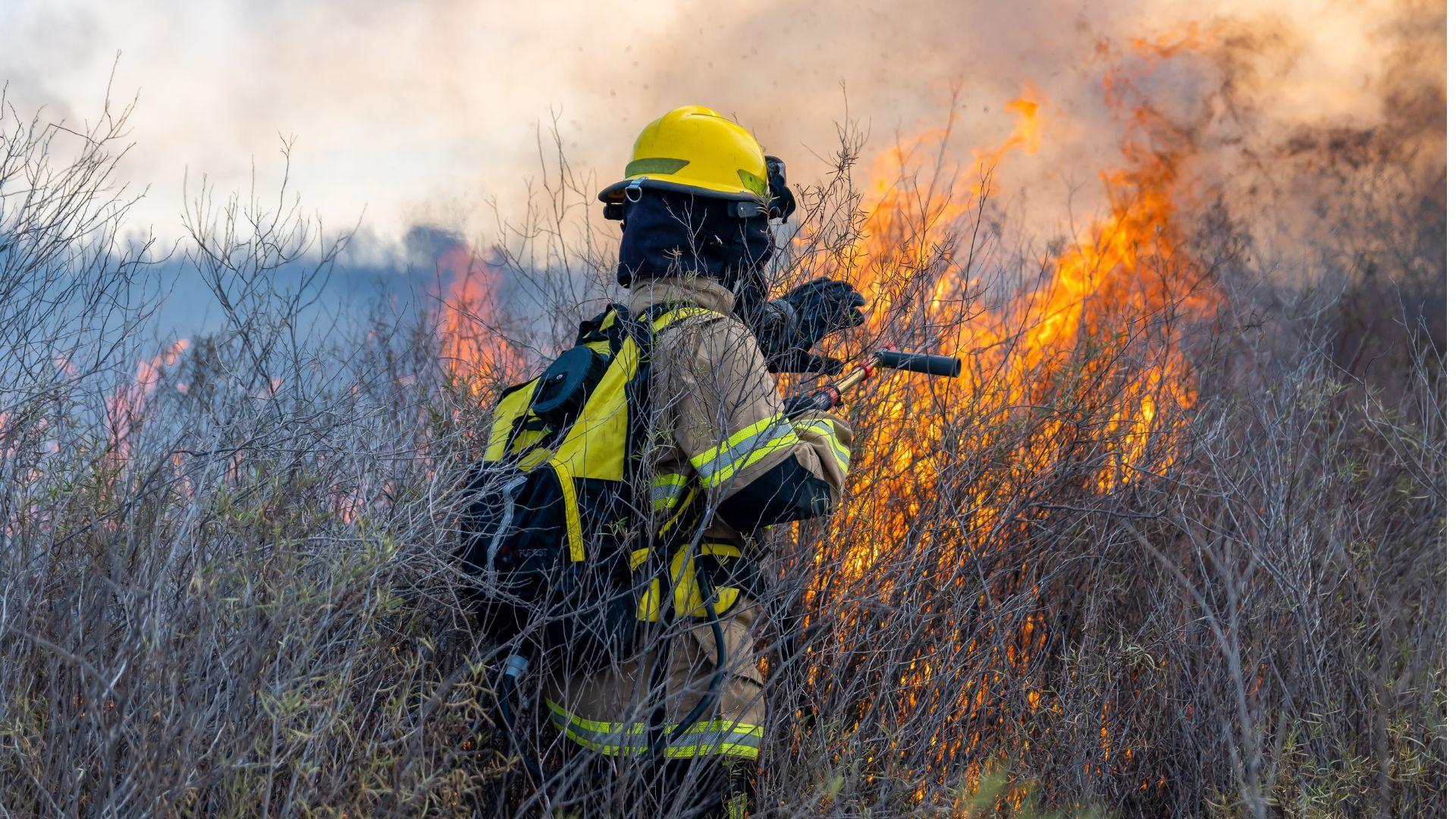
Authorities now say arson is the cause of the Park fire. Last week, a burning car was pushed into a gully, igniting the 5th largest fire in the state’s history.
The accused is being charged with reckless arson and has already had his first court appearance. No bail was set and the arraignment will continue later this week.
Impact on Communities
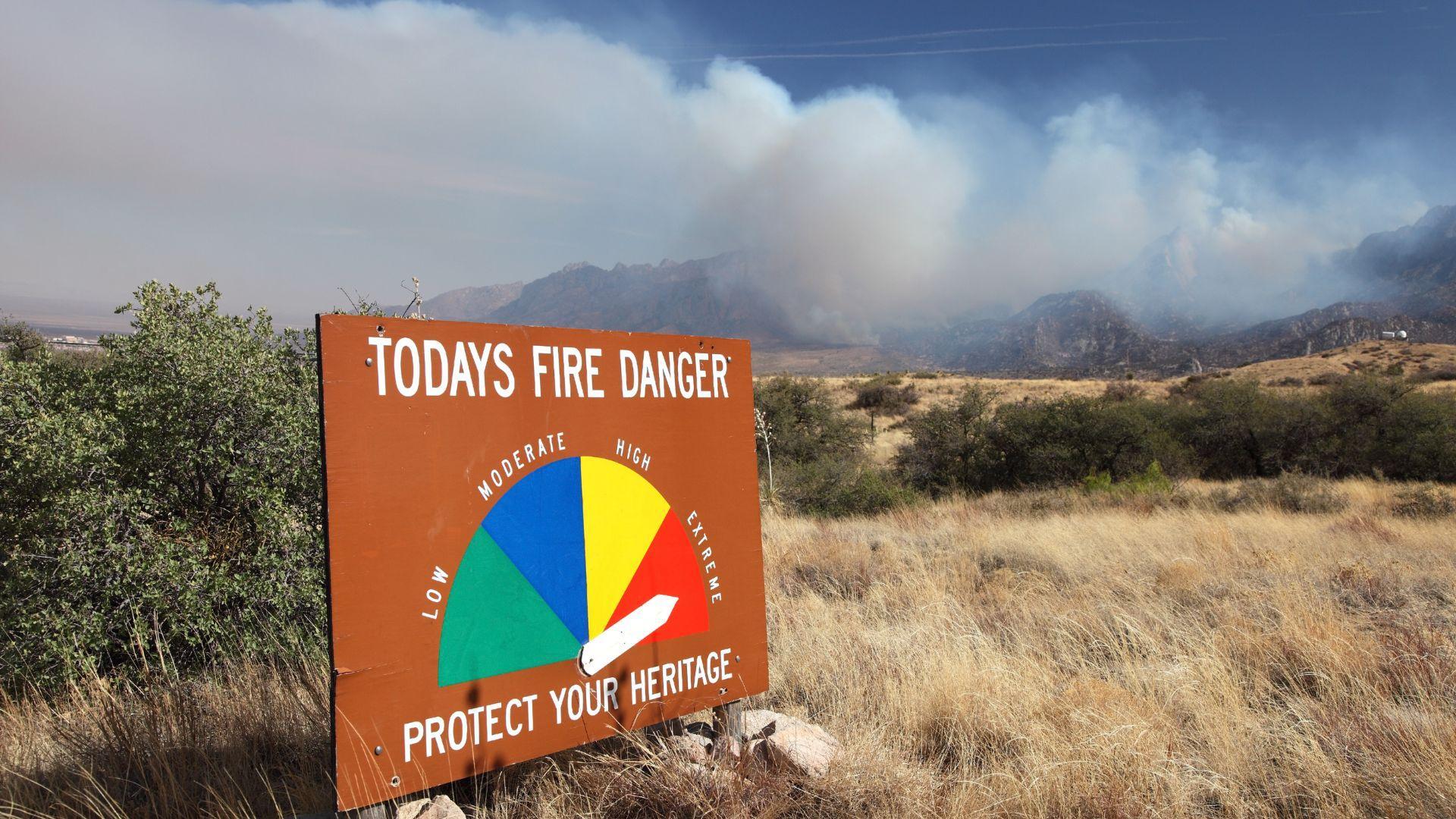
Thousands of residents have been forced to flee their homes, with entire neighborhoods facing destruction. Schools, businesses, and homes have been turned to ash.
Evacuation orders have already been issued in Butte, Plumas, Tehama, and Shasta counties. As of July 31, the fire is only 18% contained.
Environmental Devastation
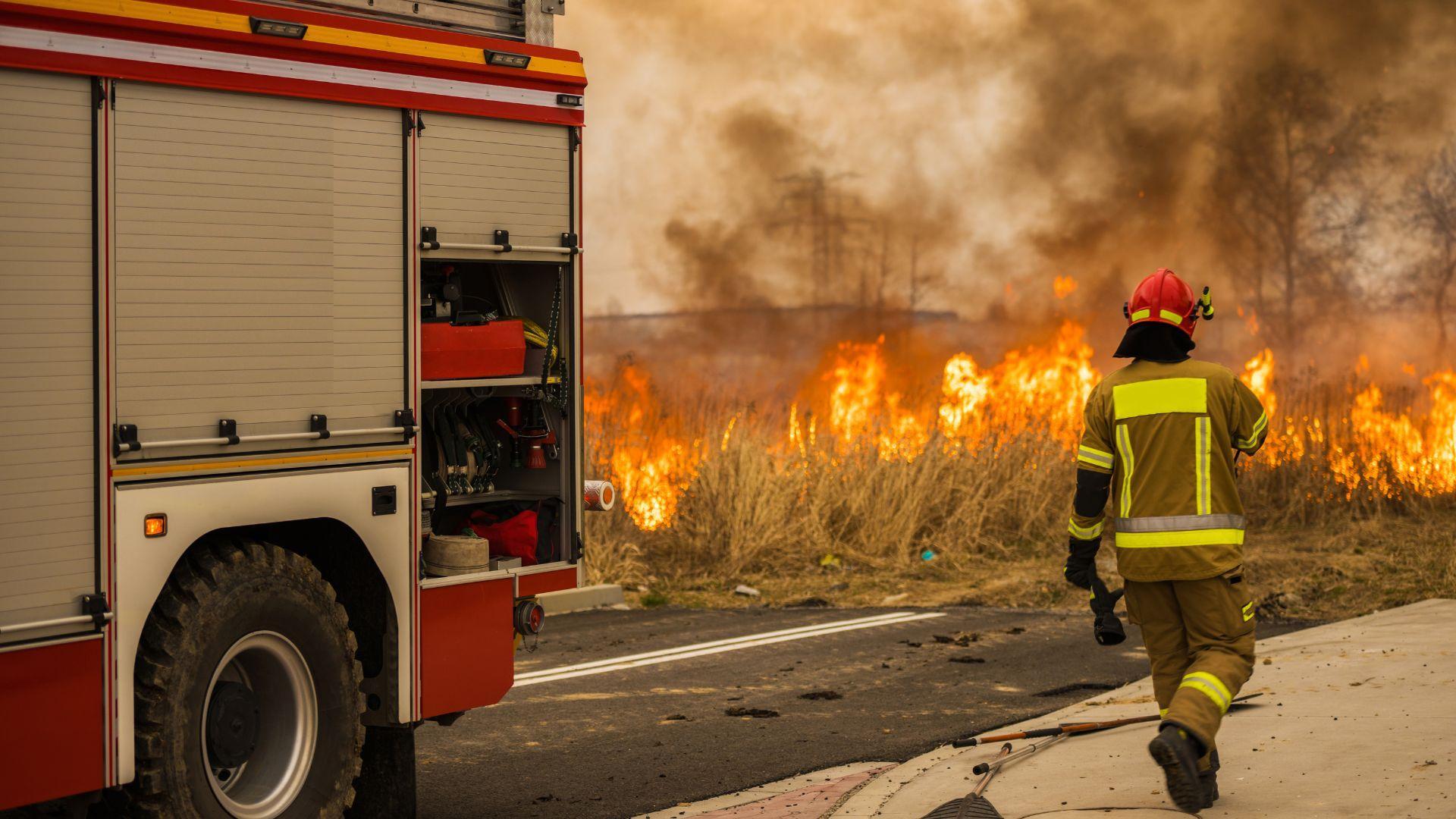
The Park Fire has caused significant environmental damage, destroying vast areas of forest, wildlife habitats, and natural resources.
The loss of vegetation not only affects the local ecosystem but also contributes to long-term issues – like soil erosion and reduced air quality. Many animals have lost their habitats and their lives.
Containing the Blaze
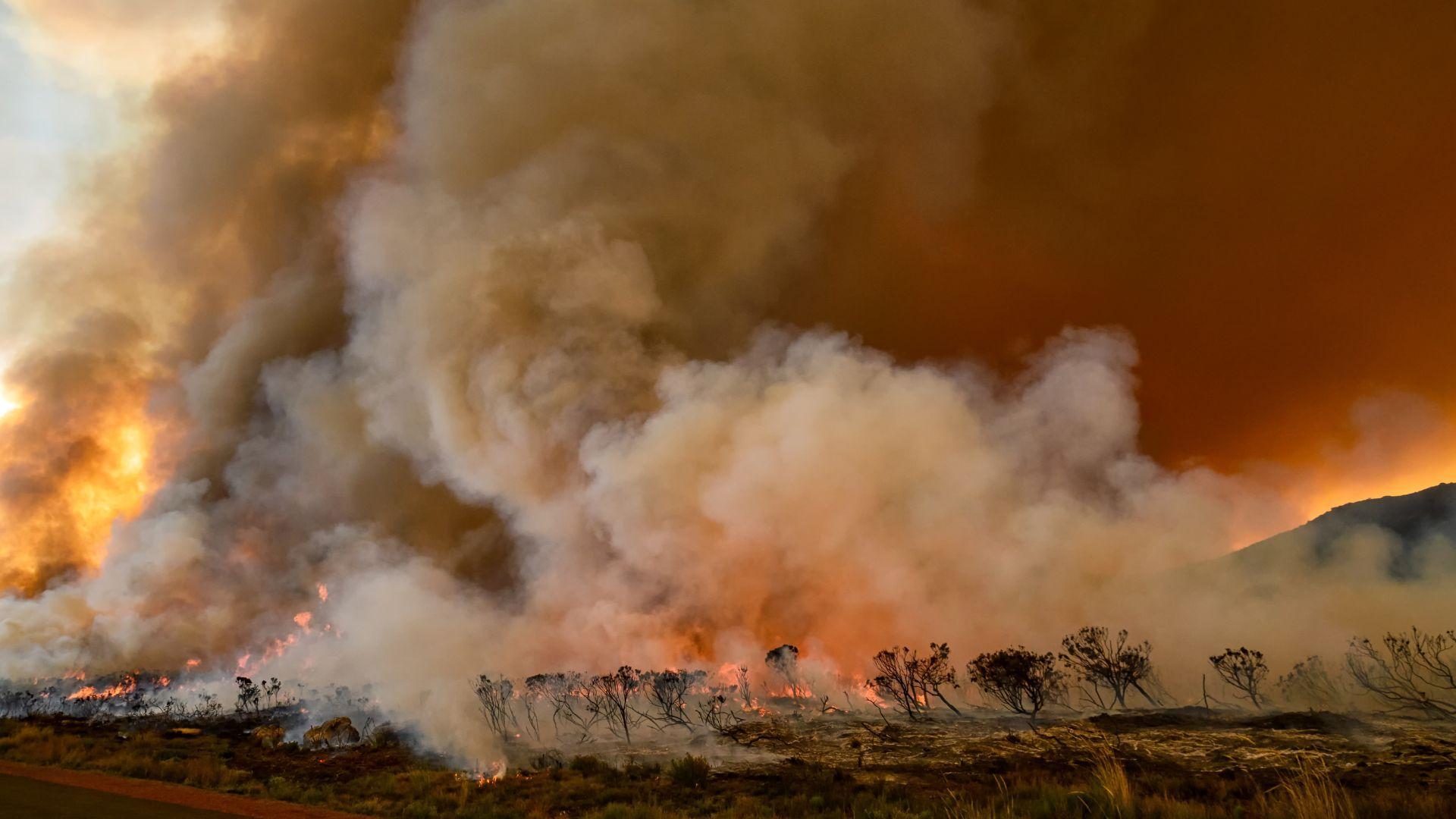
Crews from across the state have rallied, sending an estimated 3,400 firefighters, along with helicopters and air tankers. Jeremy Pierce, a Cal Fire operations section chief, said the recent cooler weather has made the job easier: “We’re having great success today.”
Despite their efforts, the fire’s size and intensity have proved challenging, with unpredictable winds and rough terrain complicating the operation.
California’s Ongoing Fire Problem
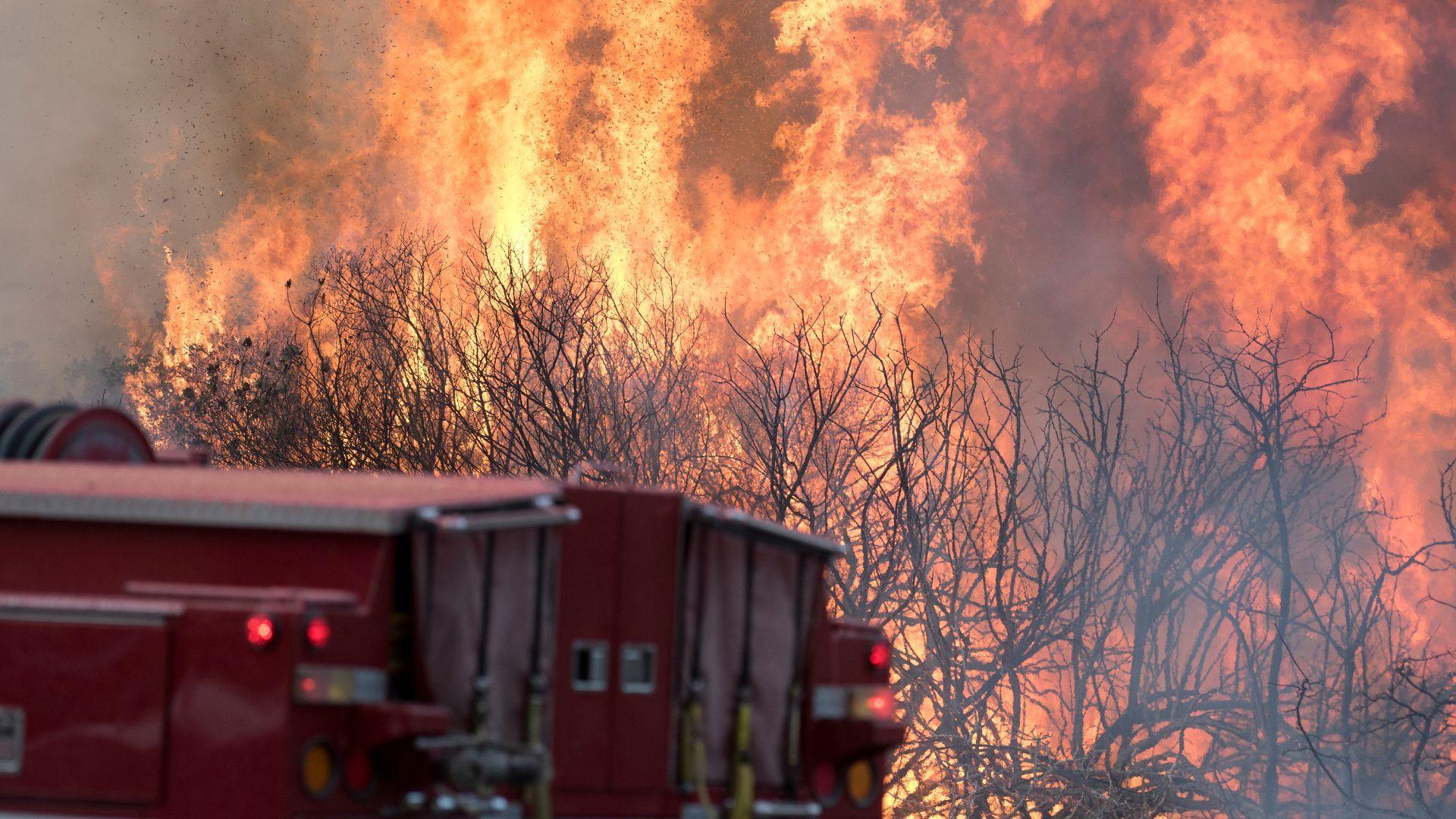
Experts say climate change is a major factor behind the wildfires in California. The fires are becoming bigger, stronger, and more frequent. As climate change makes record-breaking heat the norm, it’s likely we’ll see similar fires in the future.
Jennifer Marlon, a research scientist at Yale’s School of the Environment, stated “The big message is that seeing extreme wildfires is just part of a series of unnatural disasters that we are going to continue seeing because of climate change.”
The Economic Toll

The economic impact of the Park Fire is enormous, with firefighting efforts, property damage, and recovery costs expected to reach billions of dollars.
The destruction of homes and businesses has far-reaching effects on local economies and people’s livelihoods. Insurance claims and rebuilding efforts will further strain financial resources.
Health Risks
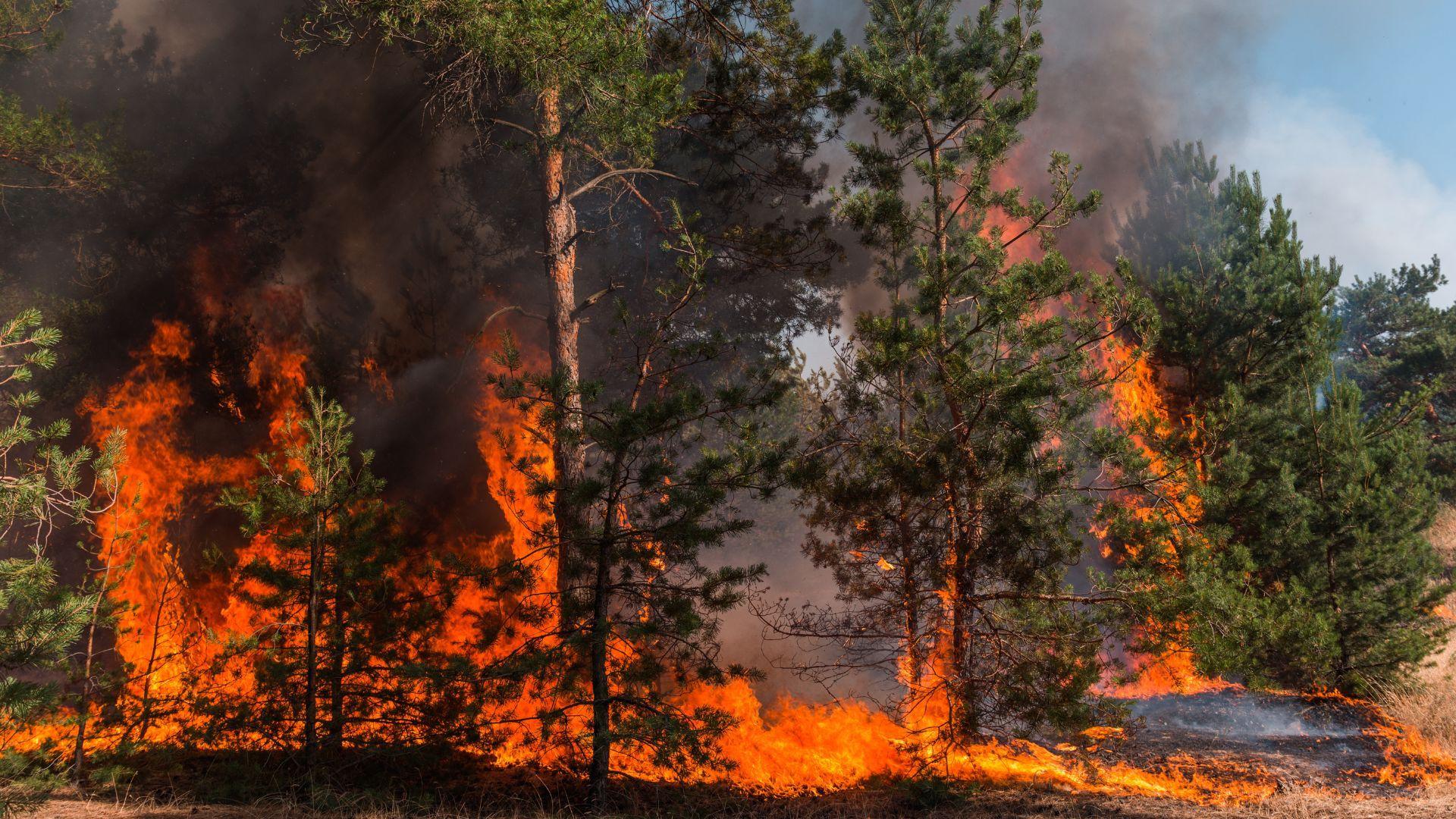
The smoke and ash from the Park Fire pose serious health risks, especially for people with respiratory issues. Air quality in the region has plummeted, prompting health advisories and warnings.
Long-term exposure to wildfire smoke can lead to severe health problems, and exacerbate symptoms of preexisting lung and heart conditions. Those with asthma, heart disease, or COPD should take measures to protect themselves from the smoke.
A Year of Devastating Wildfires
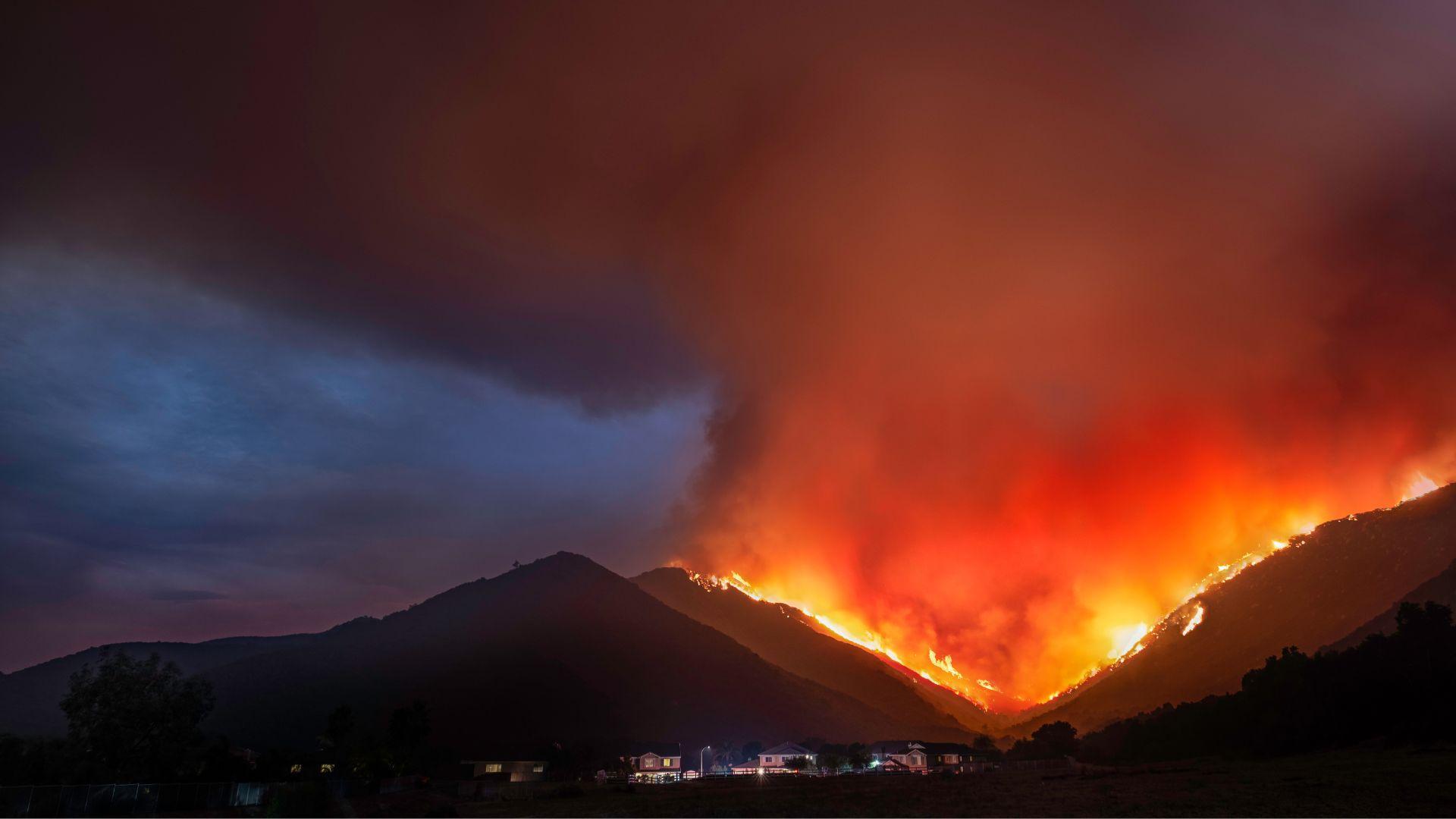
The Park Fire is not an isolated incident; it’s part of a pattern of wildfires that have plagued the West Coast. Just this year, fires have burned through 1,000,000 acres across Oregon.
With the rising temperatures, it seems as if every year, the West Coast gets engulfed in smoke. Locals have started to refer to the late summer months as “fire season”.
Learning from the Past
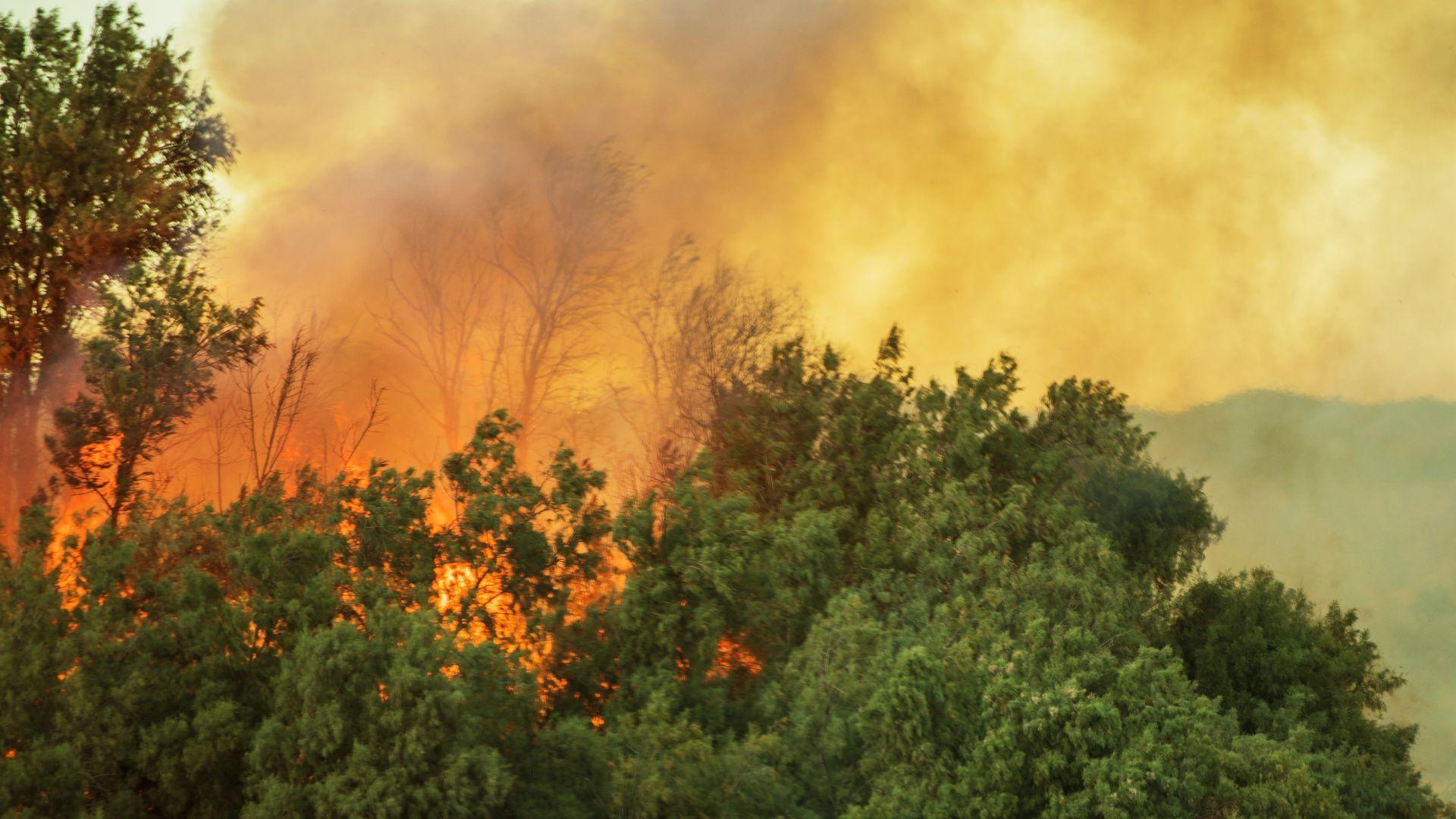
Lessons from past wildfires are shaping the response to the Park Fire. The devastating fires of recent years, namely 2018’s Camp Fire, have led to improvements in emergency response strategies, evacuation plans, and community preparedness.
Building codes have been updated to make structures more fire-resistant, and there is a greater emphasis on clearing vegetation around homes to create defensible spaces.
How One Man Saved His Home
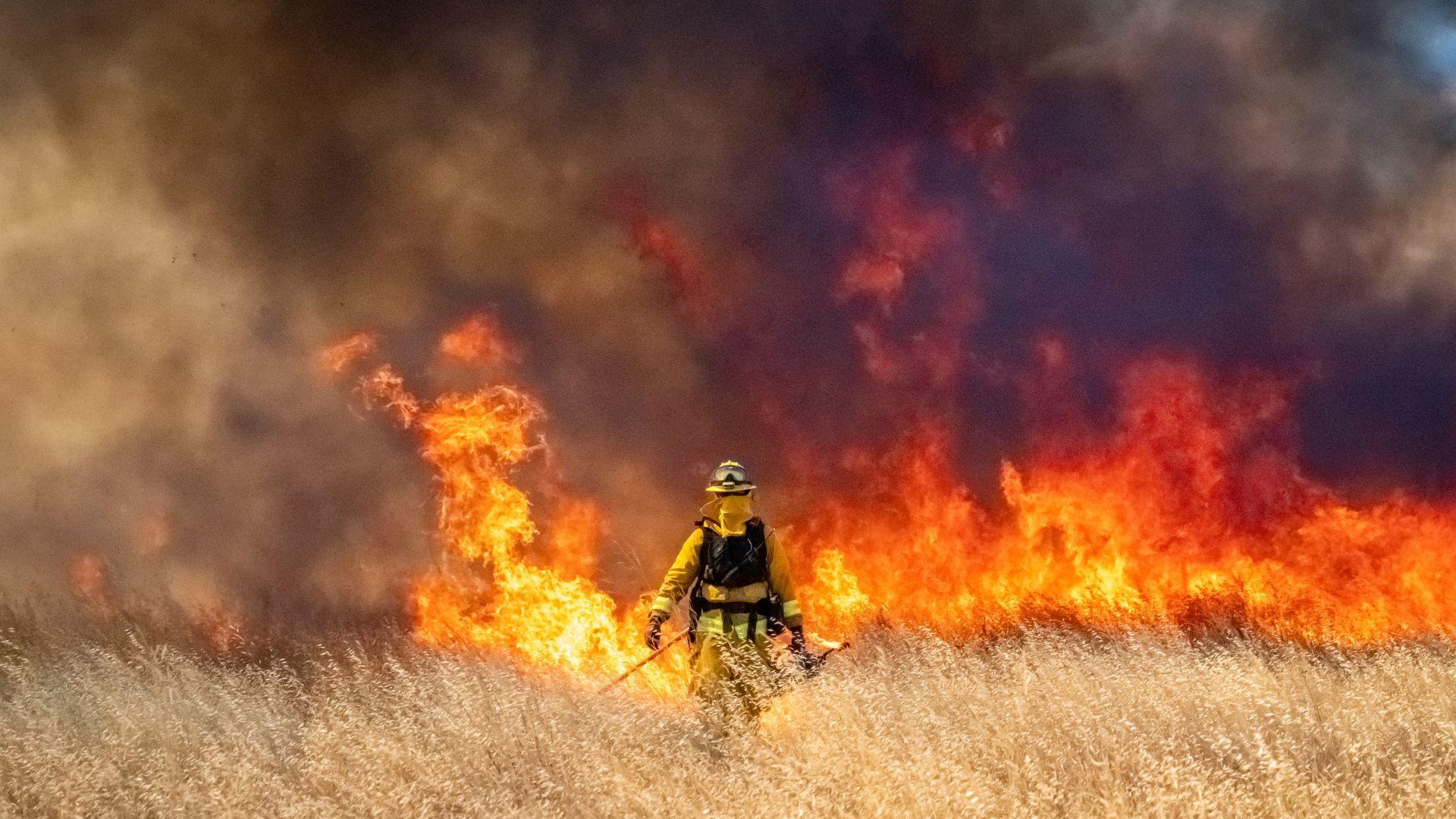
Just a month ago, Ron Ward, a resident of the small forest community Cohasset, lost insurance coverage on his home. Rather than risk his family’s 100-year-old ranch, he and his brother designed their own DIY fire protection system.
They created a water line, connecting the sprinklers to a nearby pond. . Ward said, “It hit our sprinklers and kind of died down and then went around our property and missed, missed all of our structures.”
What to Do During an Evacuation Order
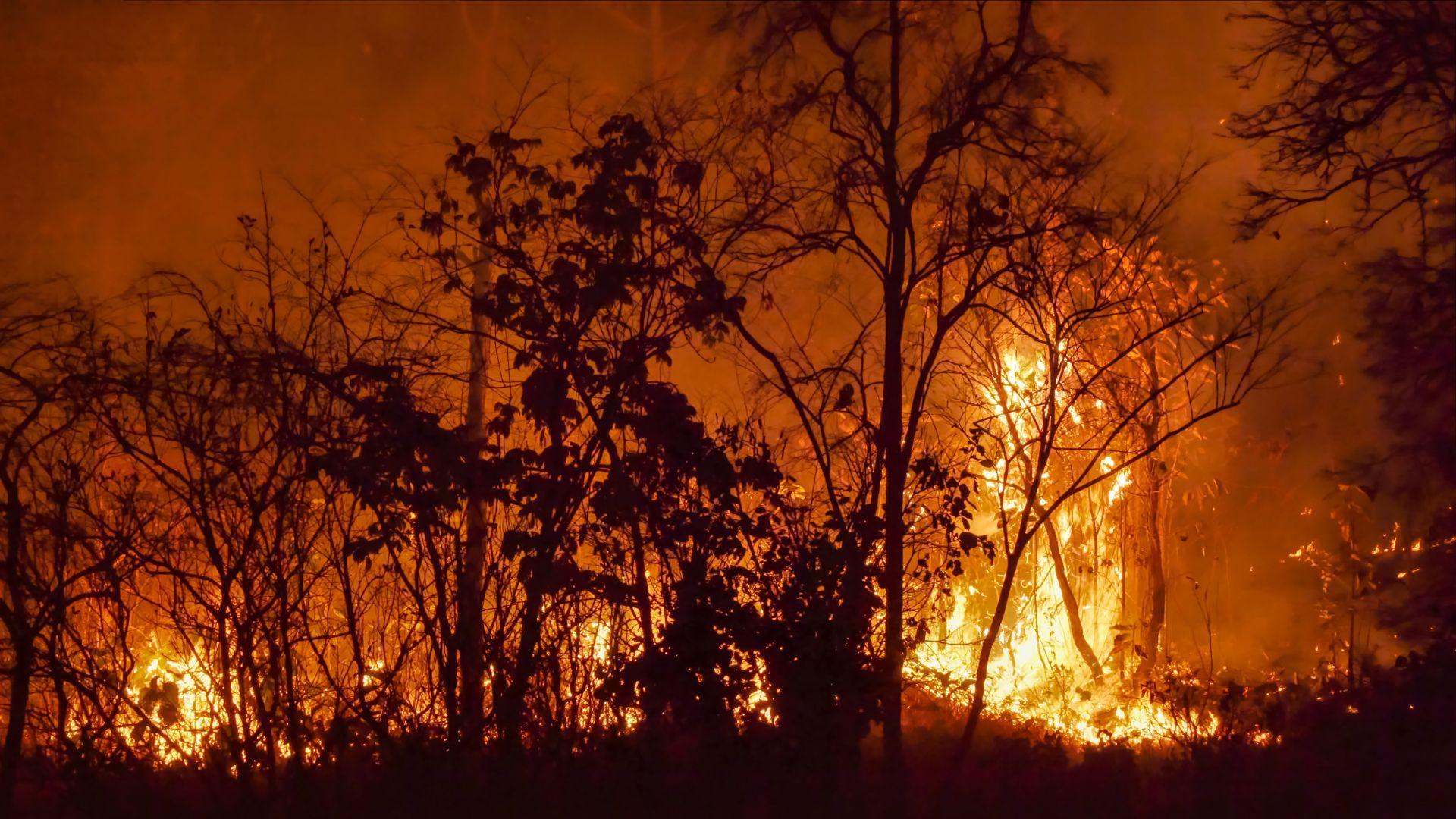
In the event of an evacuation order, preparation is key. Have a ready-to-go emergency kit with essentials like water, food, medications, important documents, and personal hygiene items. Secure your home by closing windows and doors, shutting off utilities if instructed, and moving flammable items away.
Memorize the evacuation routes, keep your car fueled, and don’t waste time trying to protect your belongings. When the evacuation order hits, make sure you’re ready to jump in the car and go.

